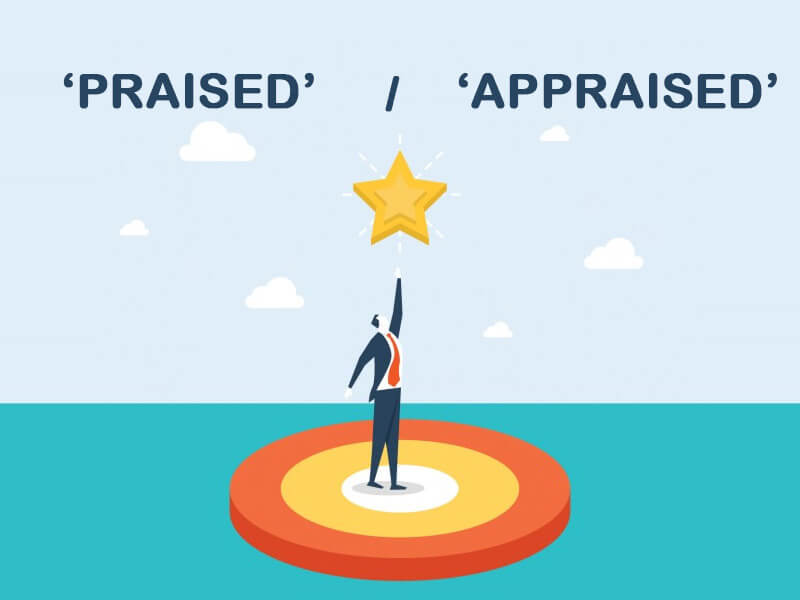As human beings, most of us like to be praised for our actions. When praised genuinely, we feel happy and motivated to do better for the similar action. This happens most of the time in our personal life.
Does it happen in our corporate life also? Research shows that most of the time instead of being PRAISED we are APPRAISED. We are JUDGED. Our work is RATED. We are force-fitted into a BELL CURVE.
Thank to the hundreds of corporate customers whom ZingHR has worked with evolving some Best Practices in Performance Management Process, we have been able to summarise some of the key features that CEOS / CHROs are looking for in the e-Performance Management Process (ePMS), along with how ZingHR ePMS module has addressed them:
Appraisal process should be just a sub-process of an overall Performance Management Process, instead of the end objective.
ePMS should go beyond an annual recording exercise, which usually results in more heart-burns than motivation. It has been researched that such an exercise done without the spirit of Development, often turns out as a big motivator and most of the team members end up being a non-believer in the Appraisal system.
The Goal Setting Process should help employees have a meaningful interaction with their immediate managers and agree on a common roadmap with clear roles, responsibilities and support required to meet the common objectives.
- ZingHR has a simple workflow including iteration and approvals for Goal Setting. KRA or KPIs as most organization call it, are set with targets set monthly, quarterly or annual. Appropriate choice of rating scales help you decide the best one for your organization. Balanced Score Card Framework should help both the employees as well as the managers to align themselves to the organisational goals, hence feel much more confident about their contribution to the organizational growth and success.
- ZingHR Balanced Score Card Framework, help alignment. Apart from standard perspectives like Customer, Financial, Internal Process and Learnig & Growth, organizations can also add their own perspectives like Social Responsibility, Safety…
- Ongoing Process: One of the key elements to avoid bias of near time period effect, it is important that there is a continuous dialogue and feedback mechanism with the employee. This helps course correct performance gaps, and also carries the message that there is a genuine interest from the manager for the employee to succeed.
- ZingHR has incorporated the Critical Incidence Diary (CID) for this purpose, wherein there is a constant dialogue over critical incidences, both positives or otherwise. This also helps in scenarios wherein the reporting manager has changed in between an assessment period, as it carries records of the previous manager.
- Competency Framework: People come with different Competency types and Competency levels. It is desirable that there is a framework to identify such competencies and help them move climb the competency levels.
- ZingHR platform helps you define in a structured manner appropriate Competencies required for the Organisation across various functions and levels. These competencies and their measurement thereon, helps arrive at gaps and hence evolve a Personal Development Plan (PDP) including a Training Plan.
- ZingHR believes that one of the major contributor of the Performance Management Process is to take the Performance level of team members as individuals and hence the organisation as a whole to the next level. The Development Plan and the Training Plan forms a key part of ZingHR offering.
New UX:
ZingHR believes that User Experience (UX) is of utmost importance especially, in an ePMS, as it is a new paradigm for users to adopt an online system, while they may have been more comfortable in filling a physical form. In line with the new UX that has been launched for many modules in ZingHR like Employee Self Service Portal, Leave Management, Time & Attendance, Claims & Expense Management, Employee Dossier; ePMS is being redesigned. You can expect all existing features with a new UX by February 2015.




